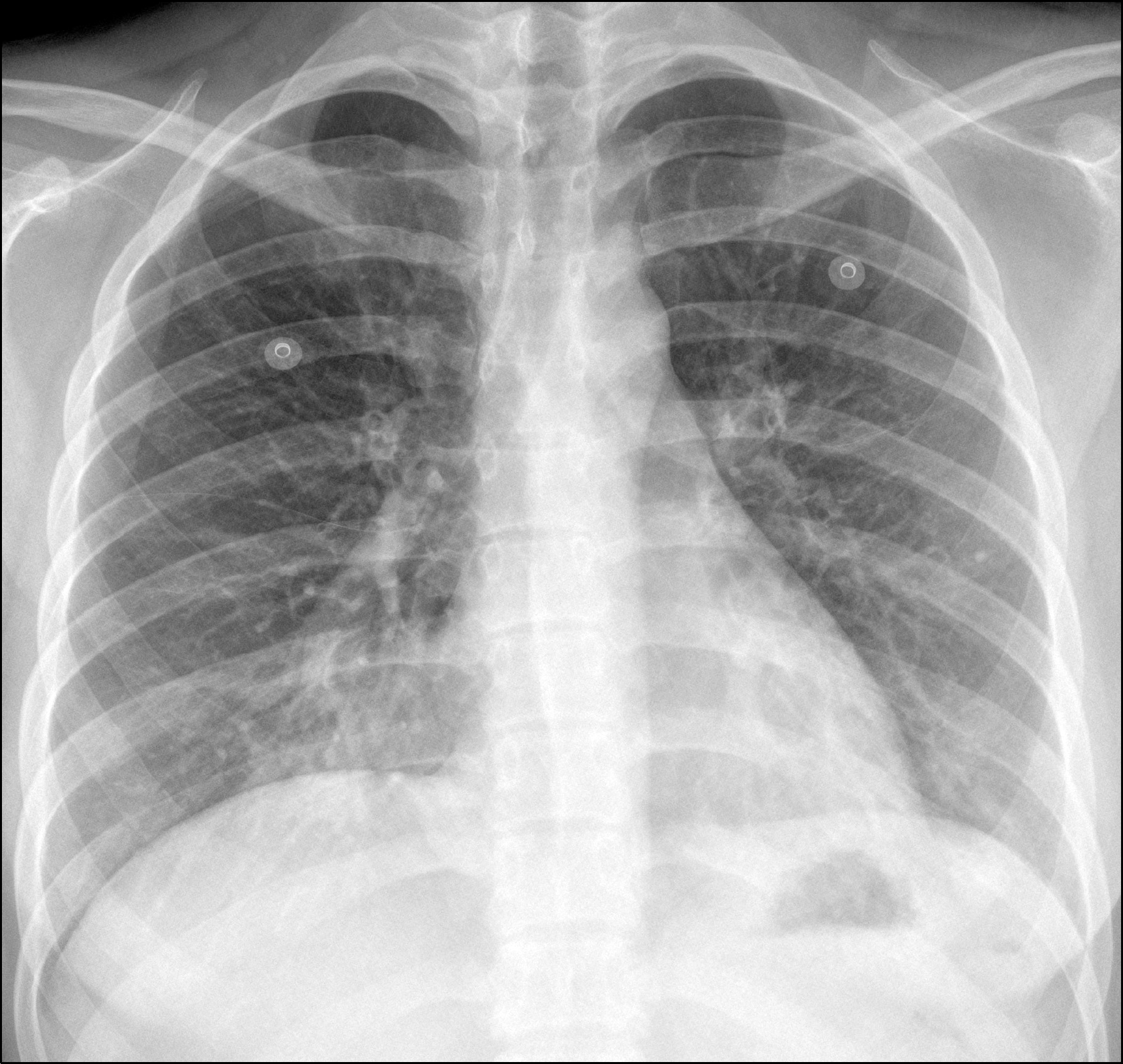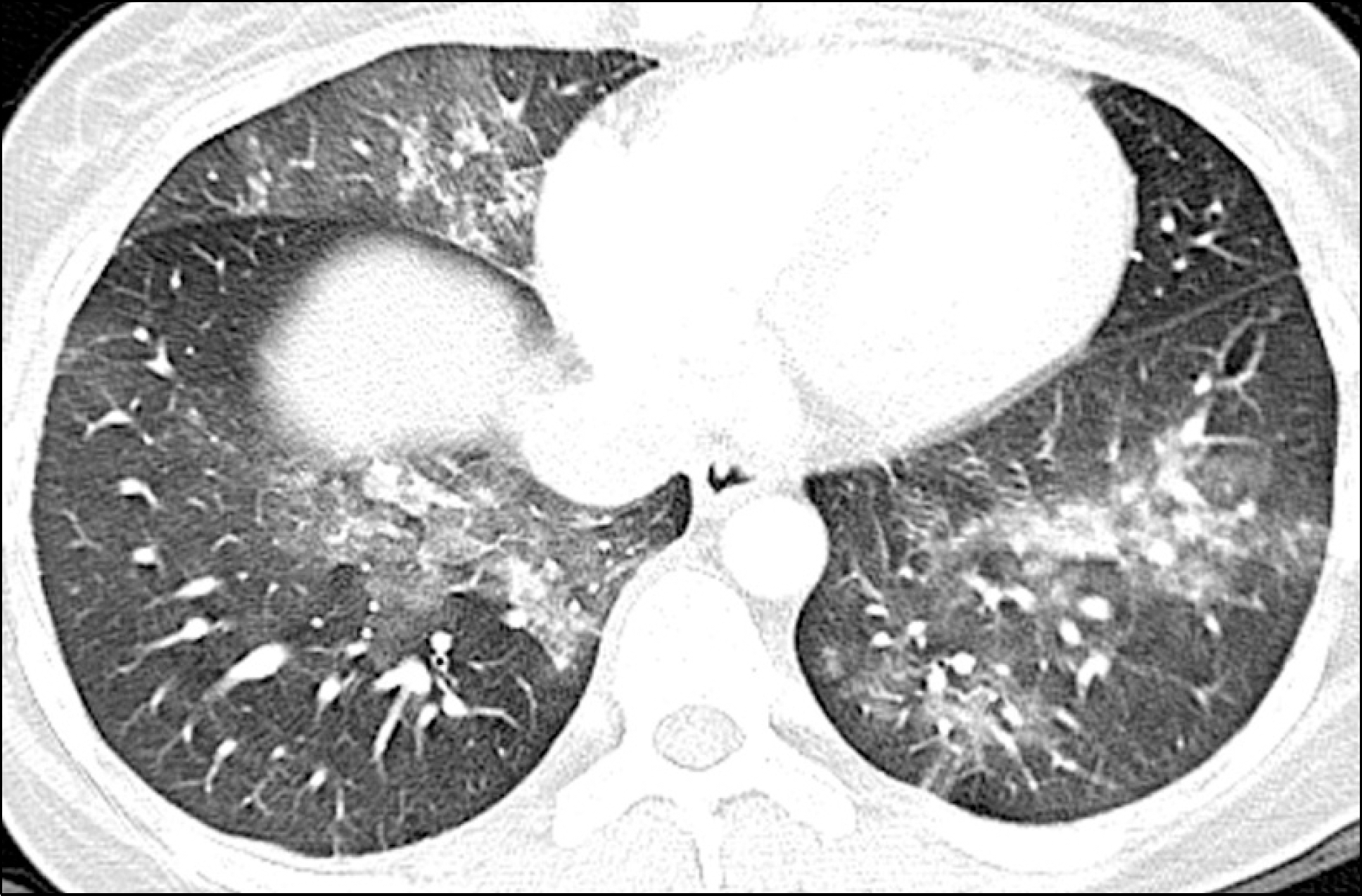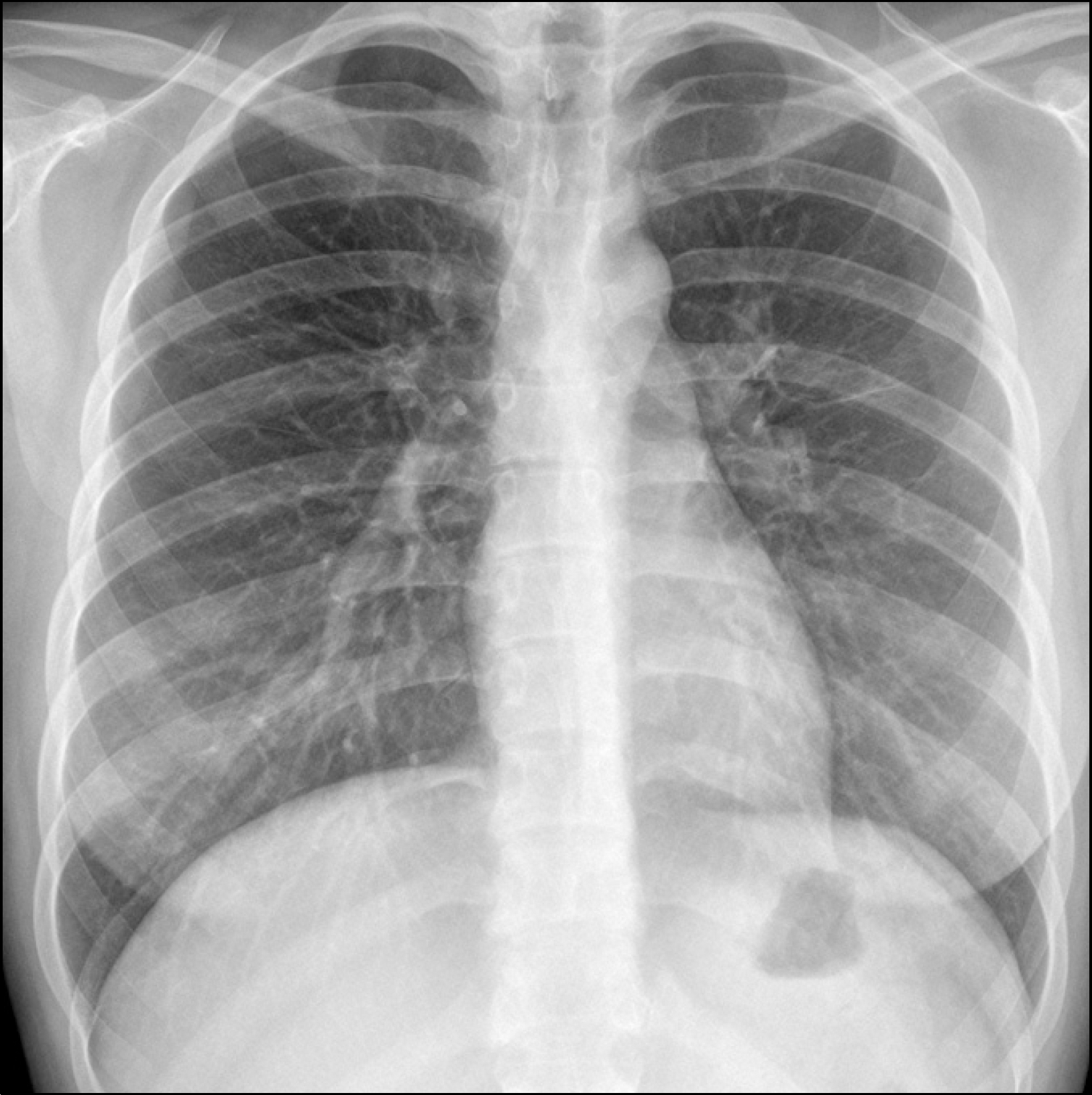Abstract
Decompression sickness is a self contained underwater breath apparatus (SCUBA)-related injury with various symptoms and is considered an extreme emergency condition. This is a case of pulmonary involvement in decompression sickness in a 26-year-old SCUBA diver. Although pulmonary involvement in decompression sickness is a potentially severe condition that requires immediate treatment, this condition can be under- or misdiagnosed, and evaluation of this disease by imaging findings is not clearly understood. We experienced a case of pulmonary involvement in decompression sickness and herein present the chest computed tomography and simple radiograph findings associated with this condition.
Go to : 
References
1. McMullin AM. Scuba diving: what you and your patients need to know. Cleve Clin J Med. 2006; 73:711–2.

2. Salahuddin M, James LA, Bass ES. SCUBA medicine: a first-responder's guide to diving injuries. Curr Sports Med Rep. 2011; 10:134–9.
3. Klingmann C, Gonnermann A, Dreyhaupt J, Vent J, Praetorius M, Plinkert PK. Decompression illness reported in a survey of 429 recreational divers. Aviat Space Environ Med. 2008; 79:123–8.

4. Fitz-Clarke JR. Risk of decompression sickness in extreme human breathhold diving. Undersea Hyperb Med. 2009; 36:83–91.
5. Rozali A, Khairuddin H, Sherina MS, Zin BM, Sulaiman A. Decompression illness secondary to occupational diving: recommended management based current legistation and practice in Malaysia. Med J Malaysia. 2008; 63:166–9.
6. Sammut MA, Cassar A, Felice H. Coronary artery air embolism causing pulmonary edema secondary to acute coronary syndrome in a diver. J Invasive Cardiol. 2008; 20:E331–3.
7. Slade JB Jr, Hattori T, Ray CS, Bove AA, Cianci P. Pulmonary edema associated with scuba diving: case reports and review. Chest. 2001; 120:1686–94.
8. Gao GK, Wu D, Yang Y, et al. Cerebral magnetic resonance imaging of compressed air divers in diving accidents. Undersea Hyperb Med. 2009; 36:33–41.
9. Huh JT. Study of radiological findings and management of decompression sickness. J Korean Soc Emerg Med. 1999; 10:667–79.
10. Park IC, Park SG, Han J, Choi BS, Kim HD. Hyperbaric oxygen therapy in decompression sickness. J Korean Soc Emerg Med. 1999; 10:97–107.
Go to : 




 PDF
PDF ePub
ePub Citation
Citation Print
Print





 XML Download
XML Download